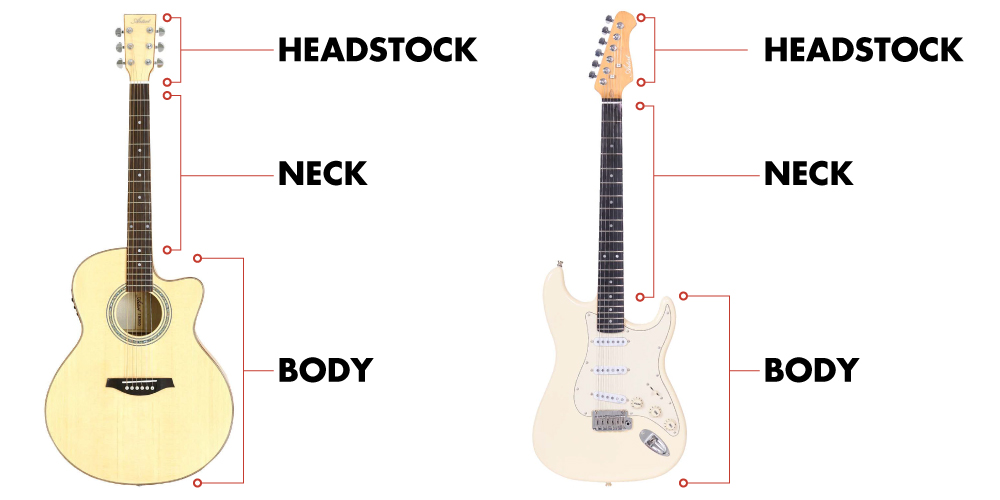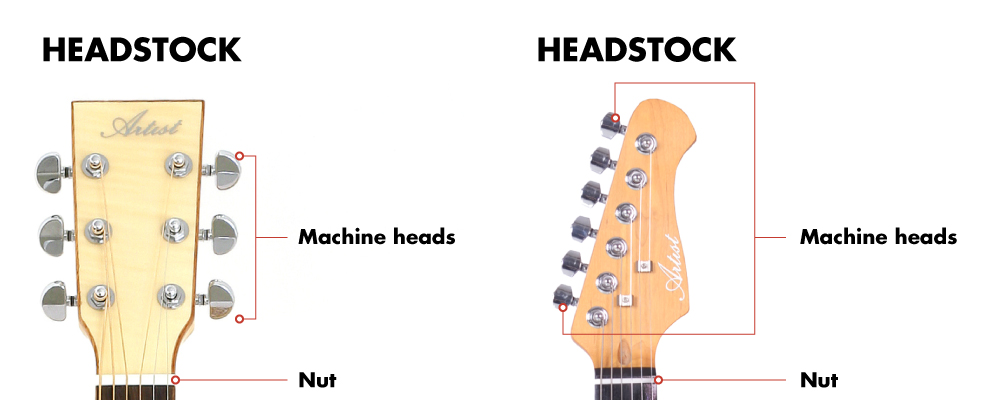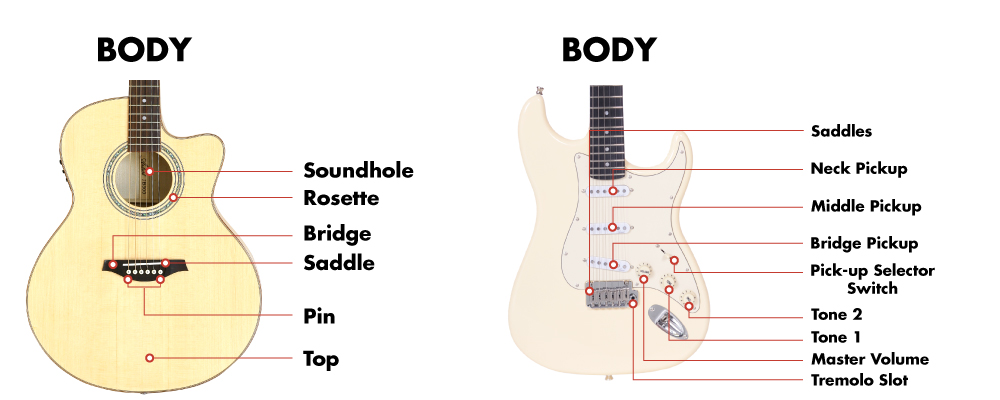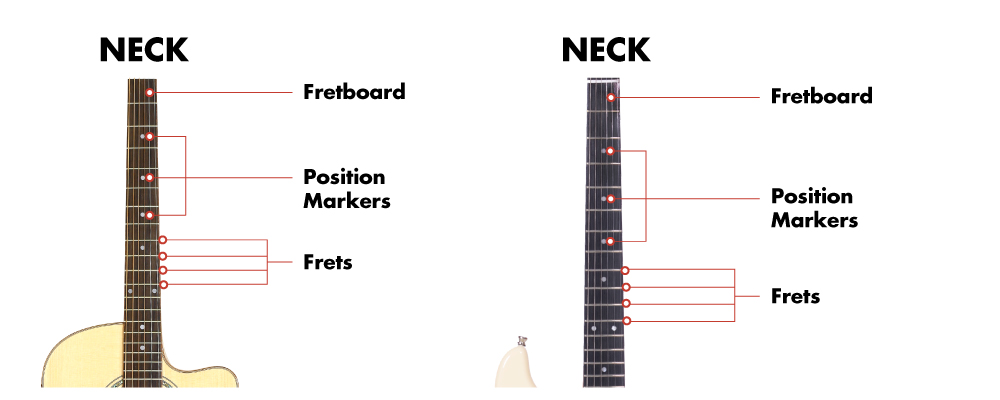[@config:company_name@] complies with the New Zealand Privacy Act 1993 when dealing with personal information. Personal information is information about an identifiable individual (a natural person). This policy sets out how we will collect, use, disclose and protect your personal information. This policy does not limit or exclude any of your rights under the Act. If you wish to seek further information on the Act, see www.privacy.org.nz
This Privacy Policy describes how your personal information is collected, used, and shared when you visit or make a purchase from www.artistguitars.co.NZ (the “Site”).
CHANGES TO THIS POLICY
We may change this policy by uploading a revised policy onto the website. The change will apply from the date that we upload the revised policy. This policy was last updated on 13/10/2020
PERSONAL INFORMATION WE COLLECT
When you visit the Site, we automatically collect certain information about your device, including information about your web browser, IP address, time zone, and some of the cookies that are installed on your device. Additionally, as you browse the Site, we collect information about the individual web pages or products that you view, what websites or search terms referred you to the Site and information about how you interact with the Site. We refer to this automatically-collected information as “Device Information.”
We collect Device Information using the following technologies:
- “Cookies” are data files that are placed on your device or computer and often include an anonymous unique identifier. For more information about cookies, and how to disable cookies, visit www.allaboutcookies.org
- “Log files” track actions occurring on the Site, and collect data including your IP address, browser type, Internet service provider, referring/exit pages, and date/time stamps.
- “Web beacons,” “tags,” and “pixels” are electronic files used to record information about how you browse the Site.
Additionally, when you make a purchase or attempt to purchase through the Site, we collect certain information from you, including your name, billing address, shipping address, payment information (including credit card numbers), email address, and phone number. We refer to this information as “Order Information.”
When we talk about “Personal Information” in this Privacy Policy, we are talking both about Device Information and Order Information.
HOW DO WE USE YOUR PERSONAL INFORMATION?
We use the Order Information that we collect generally to fulfil any orders placed through the Site (including processing your payment information, arranging for shipping, and providing you with invoices and/or order confirmations). Additionally, we use this Order Information to:
Communicate with you;
Screen our orders for potential risk or fraud; and
When in line with the preferences you have shared with us, provide you with information or advertising relating to our products or services.
We use the Device Information that we collect to help us screen for potential risk and fraud (in particular, your IP address), and more generally to improve and optimize our Site (for example, by generating analytics about how our customers browse and interact with the Site, and to assess the success of our marketing and advertising campaigns). Device information may also be used to send marketing information specific to the device.
SHARING YOUR PERSONAL INFORMATION
We share your Personal Information with third parties to help us use your Personal Information, as described above. For example, we use Neto to power our online store--you can read more about how Neto uses your Personal Information here: https://www.netohq.com/privacy-policy. We also use Google Analytics to help us understand how our customers use the Site--you can read more about how Google uses your Personal Information here: https://www.google.com/intl/en/policies/privacy/. You can also opt-out of Google Analytics here: tools.google.com/dlpage/gaoptout.
Finally, we may also share your Personal Information to comply with applicable laws and regulations, to respond to a subpoena, search warrant or another lawful request for information we receive, or to otherwise protect our rights.
BEHAVIORAL ADVERTISING
As described above, we use your Personal Information to provide you with targeted advertisements or marketing communications we believe may be of interest to you. For more information about how targeted advertising works, you can visit the Network Advertising Initiative’s (“NAI”) educational page: http://www.networkadvertising.org/understanding-online-advertising/how-does-it-work.
You can opt-out of targeted advertising by following these 3rd party provider links:
Additionally, you can opt-out of some of these services by visiting the Digital Advertising Alliance’s opt-out portal at optout.aboutads.info/.
DO NOT TRACK
Please note that we do not alter our Site’s data collection and use practices when we see a Do Not Track signal from your browser.
YOUR RIGHTS
Subject to certain grounds for refusal set out in the Act, you have the right to access your readily retrievable personal information that we hold and to request a correction to your personal information. Before you exercise this right, we will need evidence to confirm that you are the individual to whom the personal information relates.
In respect of a request for correction, if we think the correction is reasonable and we are reasonably able to change the personal information, we will make the correction. If we do not make the correction, we will take reasonable steps to note on the personal information that you requested the correction. If you want to exercise either of the above rights, email us at sales@artistguitars.co.nz.
Your email should provide evidence of who you are and set out the details of your request (e.g. the personal information, or the correction, that you are requesting). We may charge you our reasonable costs of providing to you copies of your personal information or correcting that information.
DATA RETENTION
When you place an order through the Site, we will maintain your Order Information for our records unless and until you ask us to delete this information.
CHANGES
We may update this privacy policy from time to time in order to reflect, for example, changes to our practices or for other operational, legal or regulatory reasons.
CONTACT US
For more information about our privacy practices, if you have questions, or if you would like to make a complaint, please contact us by e-mail at sales@artistguitars.co.nz or by mail using the details provided below:
PO Box 339, Wanaka 9343




